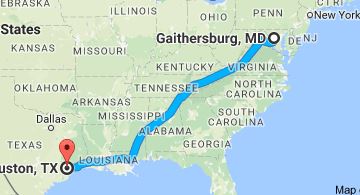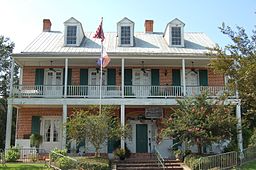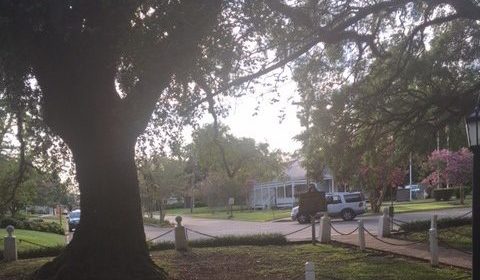How the 1900 Storm shaped Galveston
Galveston’s sudden destruction in the 1900 storm helped create a jewel on the Texas coast that you can explore endlessly. She feels like a Victorian coastal city preserved in amber, almost like a Pompeii. (To skip a little history lesson and get to enjoying Galveston, click here.)

On September 8, 1900, Galveston had a population of 36,000 people and was flush with financial power and prestige. When sun rose the next morning, an estimated 6,000 to 12,000 had died in the deadliest natural disaster in US history. In comparison, Pompeii lost only 2,000 of her 20,000 residents in the eruption of Vesuvius.
Galveston before and after the storm
Maybe if Galveston had aged more gradually, she wouldn’t be so unique. Before Sept 8, 1900, Galveston was the belle of the southern port cities. With a stranglehold on shipping west of New Orleans, she built an ornate business district in the Strand, palatial mansions and houses of worship that looked like stone wedding cakes.
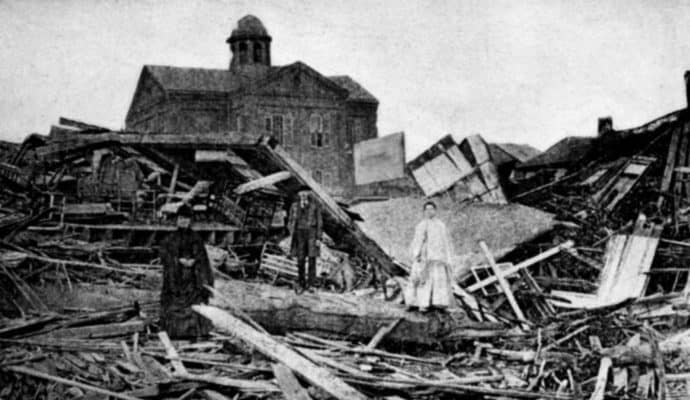




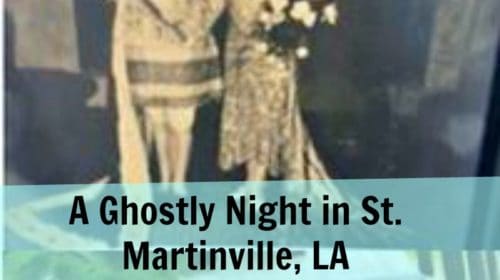 It was a little after 3 am in St. Martinville, Louisiana on the last night of my road ramble. I was alone and locked in the Old Castillo Hotel on the banks of the Bayou Teche. At 11 pm, I’d made a final walk around the downstairs salon and dining room to make sure the deadbolts on the heavy front entrance doors were secure. The salon was furnished with heavy antique furniture, upholstered in the red velvet so popular in the 1800’s. Hidden speakers played Cajun music so quietly that you had to strain to hear the fiddle and vocalist competing for the high notes. This music was not as raucous as chanka-chank or zydeco music. Tonight these melodies sounded like a invitation to a ghostly fais-do-do. Soft lighting from lamps in the parlor and on the stair landing would guide my steps if I needed to come downstairs in the middle of the night.
It was a little after 3 am in St. Martinville, Louisiana on the last night of my road ramble. I was alone and locked in the Old Castillo Hotel on the banks of the Bayou Teche. At 11 pm, I’d made a final walk around the downstairs salon and dining room to make sure the deadbolts on the heavy front entrance doors were secure. The salon was furnished with heavy antique furniture, upholstered in the red velvet so popular in the 1800’s. Hidden speakers played Cajun music so quietly that you had to strain to hear the fiddle and vocalist competing for the high notes. This music was not as raucous as chanka-chank or zydeco music. Tonight these melodies sounded like a invitation to a ghostly fais-do-do. Soft lighting from lamps in the parlor and on the stair landing would guide my steps if I needed to come downstairs in the middle of the night.